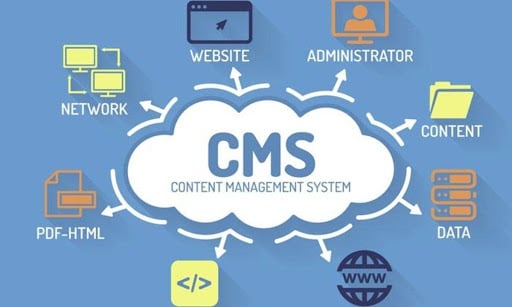1 min read
Introducing over 200 new features, Drupal 8 hits the market!
Anurag : Mar 9, 2016 4:30:00 PM
Drupal is a community based and a well known open source content management system. It’s built, used, and supported by a diverse community. It powers some of the busiest sites on the web, and can be adapted to virtually any visual design. It is a multi-user system, letting site visitors log in or browse the site without doing so (as “anonymous” users). You can control their access levels, and can also assign “roles” for multiple permission levels.
Here are some of the #new features Drupal 8 has brought for different segments:
Developers
- Configuration Management
The previous versions of Drupal used to store most of the configuration information in the database. However, the major drawback was that it was very difficult to keep track of the changes in configuration. Drupal 8 has succeeded in getting this information through its built in support for configuration management. Is now much easier to carry over configuration from development to production.
- Web Services
Drupal 8 can now be used as a separate back-end entity while the front-end can be developed completely separate with a framework such as AngularJS or Ember. Now, Drupal 8 can be used as a data source to output content as structured data such as XML or Jason.
Content Editors
- WYSIWYG Bundled Editor
Drupal 8 is the first version to introduce WYSIWYG editor. In the past, it was possible to add one of the many editors into Drupal but this setup was often time consuming and cumbersome. Over time, CKEditor has become the most popular. WYSIWYG editor and it is now included out of the box.
- IN Place Editing
Drupal 8 also introduces Spark initiative. This initiative is taking WYSIWYG to a different level with true in place editing. This feature gives editors the ability to change content, menus, etc. This in place editing can be done directly from the front-end view which adds to its ease of use.
End Users
- Mobile First
Previous versions of Drupal gave the flexibility for responsive themes to developers. The drawback then was that all the modules were not completely compatible with responsive layouts. However, with the newer version of Drupal all of the modules are 100% compatible for responsive layouts. Also, the default theme for admin is mobile friendly which improves editors’ experience working from mobile devices.
Drupal 8 also introduces WAI-ARIA practices and it provides complete support for understanding content structuring for people with disabilities. Drupal 8 also offers multi-lingual support. All the above features make Drupal 8 definitely a much better choice for users.

Machine Learning and its effect on Content Management
New discussions and inventions in this technology area are focused on the introduction of machine learning in content management. The phase of...


